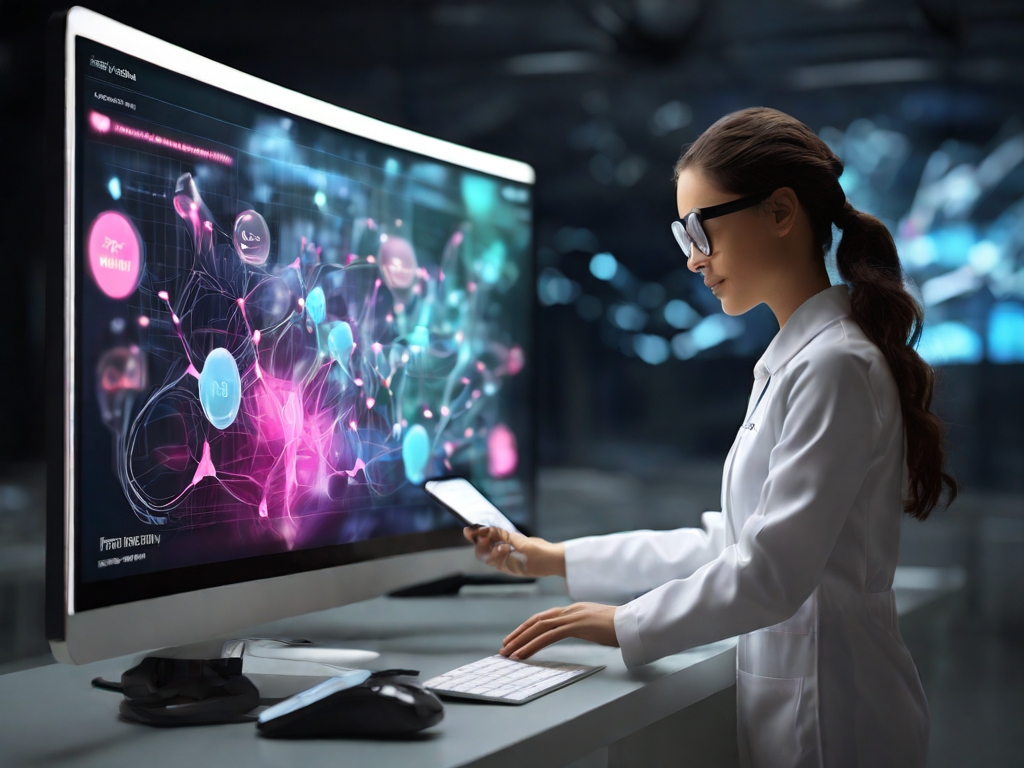
If you thought your job as a UX designer was complicated before, brace yourself, because we’re about to add another dimension to it. Biotechnology is rapidly becoming a part of our daily lives, and it is beginning to influence every field imaginable, including UX design. So grab your lab coat and safety goggles; we’re about to dissect the role of biotechnology in UX design.
Biotechnology, with all its fancy enzymes and cute little DNA strands, is not just for the folks at the laboratory anymore. It’s quickly infiltrating all aspects of society, and UX design isn’t getting a pass. Now, as a UX designer, you may be wondering, “How on earth does biotechnology relate to my work?” But, before you panic and frantically start Googling “PhD programs in biotechnology,” let’s break it down.
UX design has always been about creating an engaging and efficient interface between human and machine. But, the definition of ‘machine’ is evolving. It’s no longer just screens or tangible devices; it’s becoming more organic, more human-like. This is where biotechnology comes into play. It’s the magical wand that is expanding the realm of interface design from the rigid world of silicon chips to the flexible world of living organisms.
How does this translate into real-life applications? Consider bio-interactive interfaces, one of the promising offspring of biotechnology. These are interfaces that interact directly with our biological systems. They are half machine, half living organism, just like some weird sci-fi movie come to life. Imagine a device that can read your emotions through your skin conductance or a system that can adapt to your habits based on your biofeedback. Sounds like the future? Well, welcome to the present.
But, it’s not all futuristic glamour and glitz. Designing for bio-interactive interfaces also comes with its unique set of challenges. For one, we’re dealing with living organisms here, not just screens. The variability and unpredictability that comes with this can make the UX designer’s job a bit, well, let’s call it “interesting”. And by ‘interesting’, I mean ‘pull your hair out’ kind of challenging.
Moreover, when we’re talking about integrating technology with human biology, ethical considerations are bound to arise. Privacy, security, and consent are just a few of the issues that UX designers will need to grapple with. As a UX designer, you’re not just creating an interface; you’re dealing with real people, their bodies, and their lives. So tread carefully, my friends.
Despite these challenges, there is a silver lining. The merger of biotechnology and UX design opens up endless opportunities for creating interfaces that are more intuitive, responsive, and personalized. It can transform the way we interact with technology, making it feel more natural, less intrusive.
So, is it worth it for UX designers to acquaint themselves with biotechnology? Absolutely. Not only does it provide a competitive edge, but also, the integration of biotechnology in UX design can lead towards a more user-centric world. A world where technology is tailored to our biological needs and not the other way around.
Sure, it may be intimidating and may require a bit of a learning curve. But, isn’t that what makes being a UX designer exciting? Every day is an opportunity to learn something new, push boundaries and create something extraordinary.
So, take a deep breath, embrace the future, and get ready to delve into the fascinating world of biotechnology in UX design. After all, it’s not every day that you get to play God. And remember, no matter how much biotechnology creeps into our field, UX design will always remain about understanding humans. That, my fellow designers, is something no technology can substitute.


